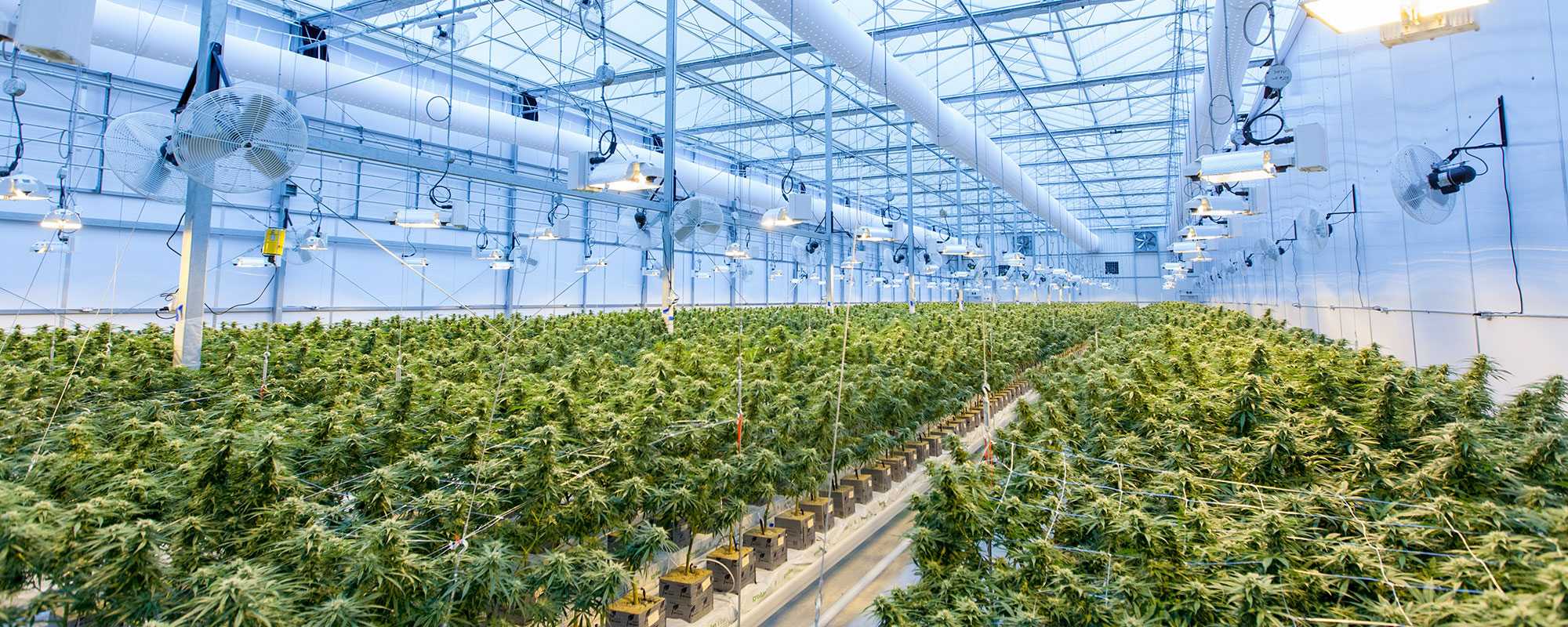Despite expectations of an economic slowdown, the U.S. economy showed remarkable resilience in 2023, defying recessionary forecasts with robust growth. Strong consumer spending, surging investment in manufacturing construction, and increased state and local government expenditures fueled this strong growth.
According to the Conference Board’s latest projections, the U.S. economy expanded by 2.4% in 2023. While it’s off to a slightly slower start thanks to the impact of higher inflation and interest rates, the Conference Board anticipates overall GDP growth to slow below 1% between Q2 and Q3 2024.
Looking back, we see that inflation, which peaked in the summer of 2022, cooled steadily throughout the year. Unemployment rates remained low, primarily due to the supply chain recovery. As inflation moderated, real wages experienced growth, and consumer sentiment exhibited signs of improvement. The Conference Board forecasts that while it may slow, the U.S. economy will normalize and potentially increase to 1.7% in 2025.
But how does the construction industry fit into these numbers?
Impact of the Construction Industry on the Economy
The construction industry played a pivotal role in driving economic growth. It exhibited solid performance in 2023, following a solid rebound in 2022 after the pandemic-induced contraction of 2021. Experts attribute about one-third of this growth to new manufacturing investment, while various nonresidential segments also experienced gains throughout the year.
The American Institute of Architects (AIA)’s Construction Consensus Forecast Panel—comprised of leading economic forecasters—anticipates this boom will abate in 2024, with growth expected to continue but at a slower pace. The panel projected that nonresidential construction spending would slow to 4% growth in 2024 and further decelerate to 1% growth in 2025.
Despite robust spending across virtually all markets in Q2 2023, the AIA warned that the construction slowdown might already be underway as construction starts either slowed or turned negative in these markets.
Construction Spending
According to the U.S. Commerce Department, total construction spending in the U.S. grew to a seasonally adjusted annual rate of $2.05 trillion as of November 2023, representing an 11.3% YOY increase. Through November 2023, actual construction spending amounted to $1.8 billion, a 6.2% increase compared to November 2022.
Driven by government policies, including the Infrastructure Investment and Jobs Act, Inflation Reduction Act, and CHIPS legislation, U.S. manufacturing construction spending experienced a dramatic surge, with a 59.1% increase in 2023. Other markets exhibiting strong growth included education (16.7%), healthcare (11.7%), religious (31.1%) and others.
The AIA identified several significant headwinds affecting growth, particularly in the commercial buildings sector. These headwinds included:
- Tighter credit conditions stemming from rising long-term interest rates
- Increasing stress on projects
- Construction commodity cost inflation
- Declining nonresidential property values led by office and retail sectors
- Lower demand for certain types of buildings because of the shift to remote/hybrid work and the pandemic-driven e-commerce boom
General Contractors
As the construction industry navigates this transition, contractors have expressed a mixed outlook for 2024, according to a survey by the Associated General Contractors of America (AGC). While demand for many project types is expected to continue expanding, contractors face significant challenges in finding workers, coping with rising costs, and weathering the impacts of higher interest rates.
The AGC survey revealed that contractors remain optimistic about the available dollar value of projects to bid on in 2024, with positive net readings for 14 out of 17 construction categories in the survey. However, a smaller share of contractors expects the markets they compete in to expand compared to the previous year, indicating a more cautious outlook.
Electrical Industry
The electrical industry’s confidence experienced quite a roller coaster ride throughout 2023, oscillating between neutral and negative territory for much of the year. However, the industry ended 2023 on a high note, marking a three-month positive streak in confidence levels.
According to the National Electrical Manufacturers Association’s (NEMA) Electroindustry Business Conditions Index (EBCI) for North America, the current conditions component rose to 56.3 in December, suggesting improving business conditions conducive to market expansion. This figure represented an increase from November’s 53.1 index score and October’s 52.8 score, the latter of which marked the first time the EBCI had reentered expansion territory since February 2023.
Nearly one-third of survey respondents reported “better” conditions during the month, with 50% describing their situation as unchanged. While respondents expressed overall positive sentiments, they also acknowledged slowing or stalled order activity and geopolitical concerns.
The future conditions component of the index painted an even more optimistic picture, surging in December 2023 to its highest level since spring 2021. The December score of 81.3 represented a significant increase from the already strong 68.8 reading in November, with 75% of respondents anticipating better conditions by June 2024. This resurgence in confidence among electrical industry professionals suggests a growing optimism and positive outlook in 2024.
There is a bit of a caveat here. The most recent survey (from April 2024) paints a mixed picture of the electrical industry’s current conditions. While 66% of respondents reported “unchanged’ conditions, aligning with March findings, there was a noticeable increase in those reporting “worse” conditions. This shift in sentiment led to a decline in the current conditions component, which fell 46.7 points in April, down from March’s reading of 53.7. This fall marked the first time since July 2023 that the current gauge dipped below the threshold value of 50, signaling a contracting electroindustry sector.
Respondents’ comments reflected diverse perspectives, with some citing stable or slight increases in product demand, while others expressed caution about delays in interest rate cuts and rising energy prices—both factors that could affect the overall construction industry. Despite prevailing optimism observed in previous months, the latest survey results highlight the industry’s vulnerability to fluctuating economic conditions and challenges posed by monetary policy decisions and energy costs.
Moody’s Take, in a Nutshell
An April 2024 report from Moody’s suggests that the year has gotten off to a slow start for construction spending. Here are the key takeaways:
- Contrary to expectations, total construction spending in January and February 2024 missed analyst predictions. By February, the seasonally adjusted annual rate (SAAR) reached an estimated $2.09 trillion, representing a roughly 0.5% decrease compared to December 2023. This marks the slowest start for the construction industry in at least five years.
- A bright spot emerged in manufacturing construction. Fueled partly by the bipartisan CHIPS and Science Act, this sector has experienced significant growth over the past year. In February 2024, manufacturing construction spending jumped a substantial 31.9% compared to the same period in 2023.
- Public sector investment has also played a role in growth. Spending on office construction funded by public entities has climbed 17.7% since February 2023. While public spending comprises only about 16% of this segment’s total value, it contributes to economic development through job creation and fosters a sense of stability within communities. The perception of stability has both tangible and intangible benefits.
Supply Chain Woes Ease for Construction Materials
After significant delays during the height of the pandemic, lead times for key construction materials continue showing signs of improvement. Before 2020, most materials typically arrived within 6-12 weeks of ordering. However, during peak disruptions, many materials’ lead times ballooned to 12-33 weeks.
Thermal and moisture protection materials, including roofing supplies, experienced the most significant delays during the pandemic. Lead times in this category are approaching pre-pandemic levels. Construction firms in the mid-Atlantic reported the most dramatic spikes in lead times for these materials but are seeing timeframes shrink.
While lead times have improved for other hard-hit items like electrical equipment and HVAC systems, they still take two to three times longer to arrive than pre-pandemic norms. Limited further improvement is expected in 2024.
Are you a commercial real estate investor or looking for a specific property to meet your company’s needs? We invite you to talk to the professionals at CREA United, an organization of CRE professionals from 92 firms representing all disciplines within the CRE industry, from brokers to subcontractors, financial services to security systems, interior designers to architects, movers to IT, and more.

